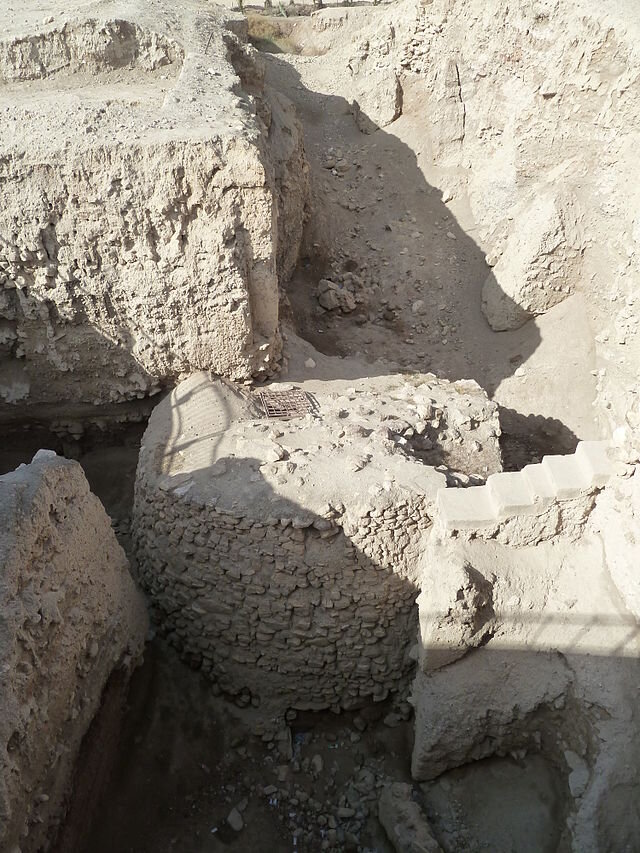The Tower of Jericho, built around 8000 BC, is one of the oldest known monumental structures in the world. Located in the ancient city of Jericho, often regarded as the oldest continuously inhabited city, this 8.5-meter-high stone tower offers significant insights into early human engineering, social organization, and the development of urban life.
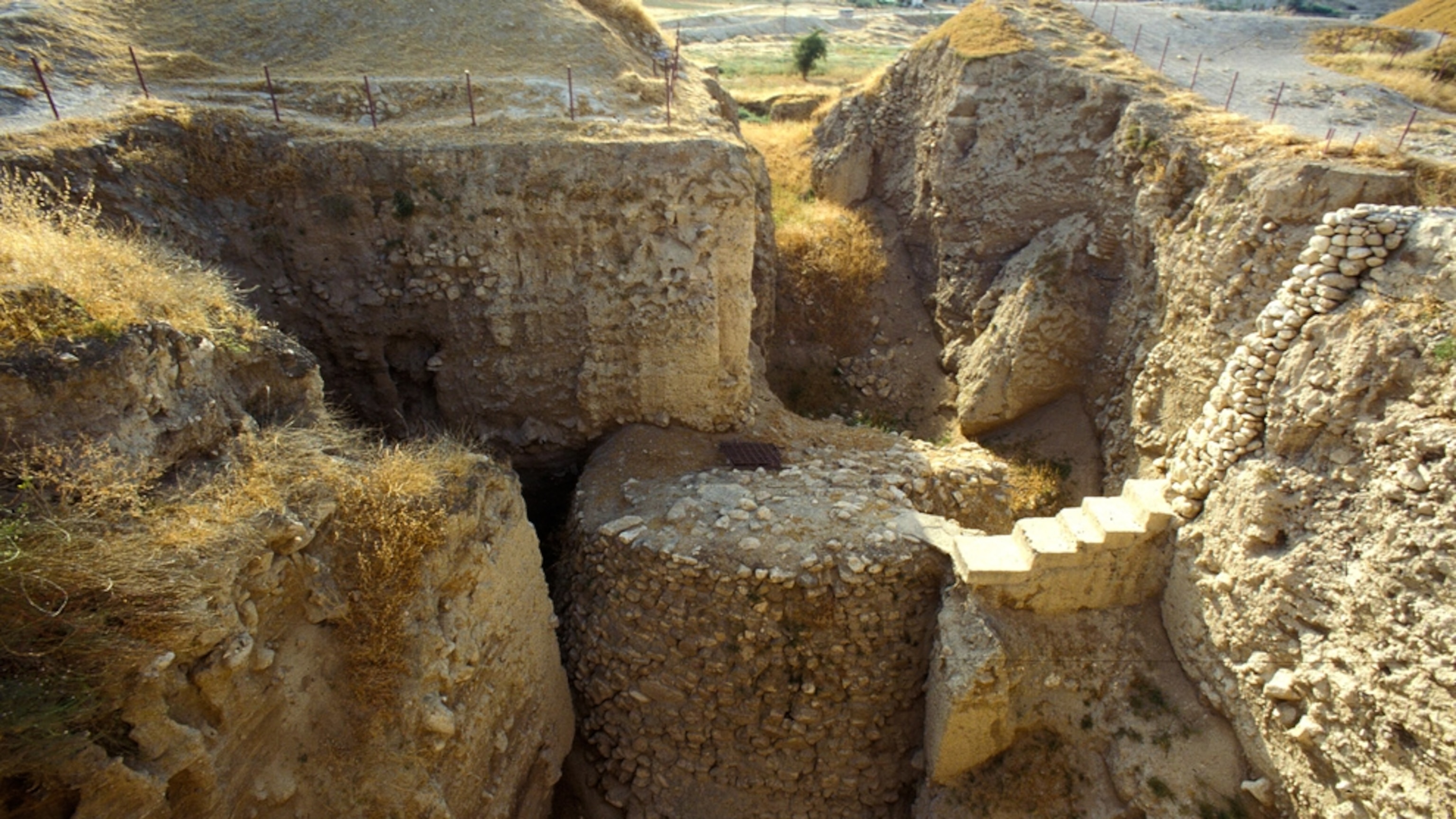
A Symbol of Neolithic Innovation
Constructed during the Pre-Pottery Neolithic A period, the Tower of Jericho is made of undressed stones, with an internal staircase featuring 22 steps. The tower’s conical shape, with a 9-meter diameter at the base tapering to 7 meters at the top, and thick walls of 1.5 meters, reflect an early understanding of structural design and the importance of communal labor. Estimated to have taken 11,000 working days to build, the tower demonstrates the advanced organization of early human societies.
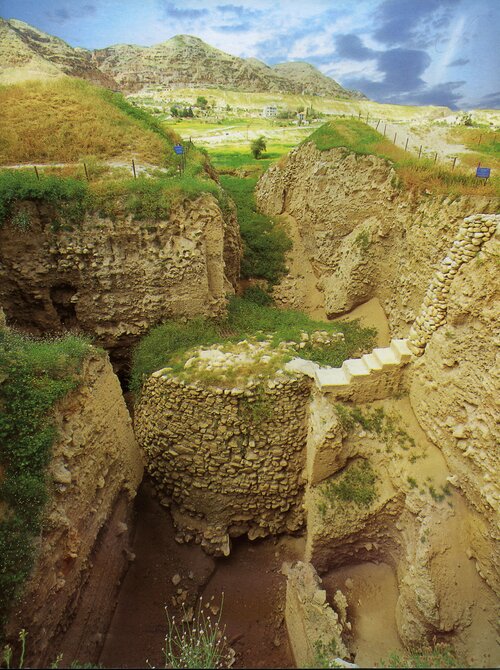
Possible Functions and Significance
While the exact function of the tower remains unclear, it likely served as either a defensive structure or a religious symbol. Its strategic location within Jericho’s fortifications suggests it may have been used for surveillance or as a community focal point. The tower’s imposing size may have also symbolized power and authority, marking a shift toward more complex social hierarchies and communal identity.
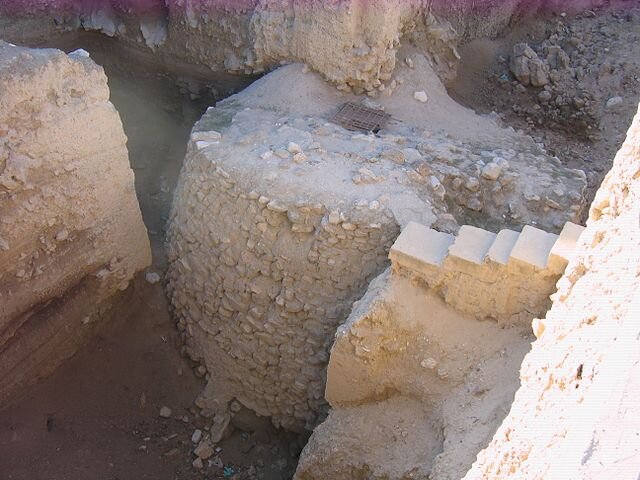
A Legacy of Early Urbanization
The Tower of Jericho stands as a testament to early urbanization and the development of monumental architecture. It highlights the ingenuity of Neolithic societies in using architecture to express power, organize labor, and create a shared sense of identity. As one of the world’s earliest stone buildings, it offers critical insights into the origins of complex human settlements and the role of monumental structures in early societies.
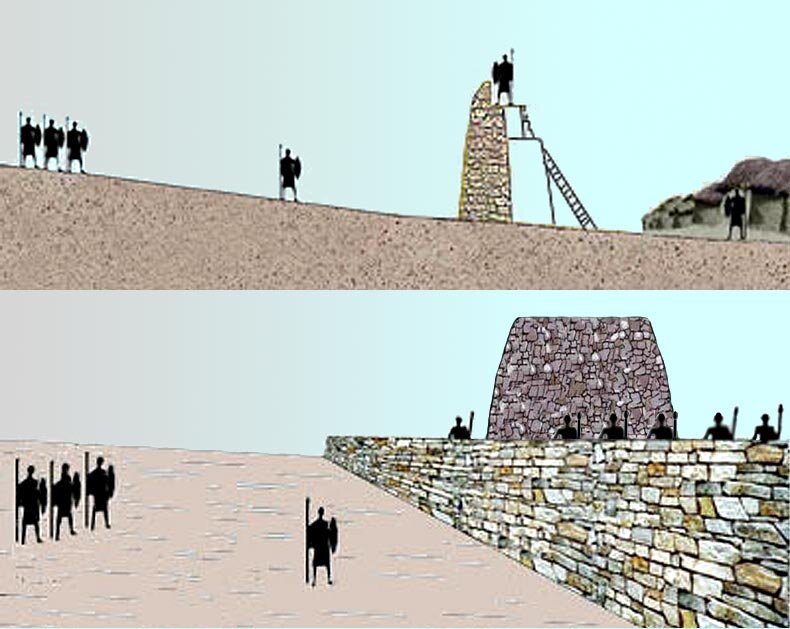
The Tower of Jericho’s impressive construction and enduring legacy provide a direct link to our distant past, underscoring the creativity and ingenuity of early human communities.
